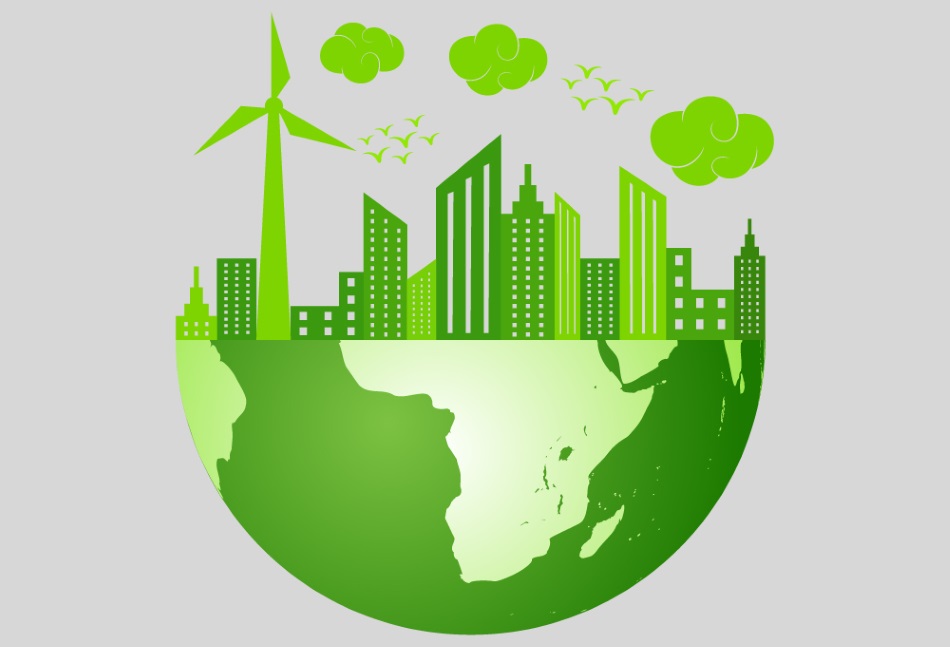
You have likely heard of “smart” buildings, where everything is automated, including air conditioning, security, lighting, and more. However, do you know the difference between green vs. sustainable buildings? Perhaps you have heard of eco-friendly environments. That automatically leads you to believe that the materials used were sourced in an ecologically sound manner. You think safety and reduced toxicity and that is why it is time to understand the difference between these terms.
When comparing green vs. sustainable, it is vital to know that these terms do not mean the same thing:
- Green building definition – a building that reduces or eliminates a negative impact on the environment. One that creates positive influence on the environment and climate. Green buildings may include any of the following features:
- Solar or another form of renewable energy
- Healthy indoor air quality
- Efficient energy and water resources
- Adaptable design to changing environment
- Utilization of green roofs and rain gardens
- Use of non-toxic, sustainable, low-impact, and ethical materials
- Reduction of waste and pollution
- Recycling and re-use abilities
- Design and construction that considers the quality of life of occupants
- Consideration of environments needs in design, construction, and operation
A green building may vary in definition from one city to another. Culture, environment, climate, economics, and resources are some of the issues that may impact green architecture. Leadership in Energy and Environmental Design (LEED) provides the rating systems for green building design, construction, operation, and maintenance. The U.S. Green Building Council developed the LEED system.
- Sustainable design definition – here, the goal is to eliminate a negative impact on the environment through skillful, sensitive design. Through a minimalistic approach to impacting the environment, sustainable design utilizes renewable resources. The focus is on creating a healthy, productive environment for the building’s inhabitants. Principles of sustainable design include:
- Use of environmentally friendly products
- Optimize building site potential
- Enhancement of indoor environmental quality
- Protection and conservation of resources, such as water
- Optimize renewable energy
- Enhance operational and maintenance procedures
What Is the Primary Difference between Green vs. Sustainable?
When comparing green vs. sustainable, the primary difference is that sustainability design is a broad ideology that takes into consideration social, environmental, performance, and financial implications. Green design focuses more on the environmental aspects.
While many green products are environmentally friendly, looking at them from the sustainability aspect involves digging deeper. How are they sourced, where did they come from, what resources went into the production?
For example, if you were to look at purchasing wood planking for your floors, a green definition might be that the wood contains no measurable volatile organic compounds (VOC’s) or urea formaldehyde. Taking it a step further, sustainability would mean that the company adheres to highly selective processes where a new tree is planted for every one that is cut down. If a company uses only mature timbers, it minimizes the impact on the environment.
How does knowing the difference between green vs. sustainable help you make decisions in your home’s interior design?
While we will delve more deeply into this topic in a future blog, for right now it can help you be aware of products that you are purchasing, and the impact they have on both your health and the environment.
HK Interiors can help you discover new ways to improve your home or office using green or sustainable products. Call 954-401-8542 today for all your interior design needs.
